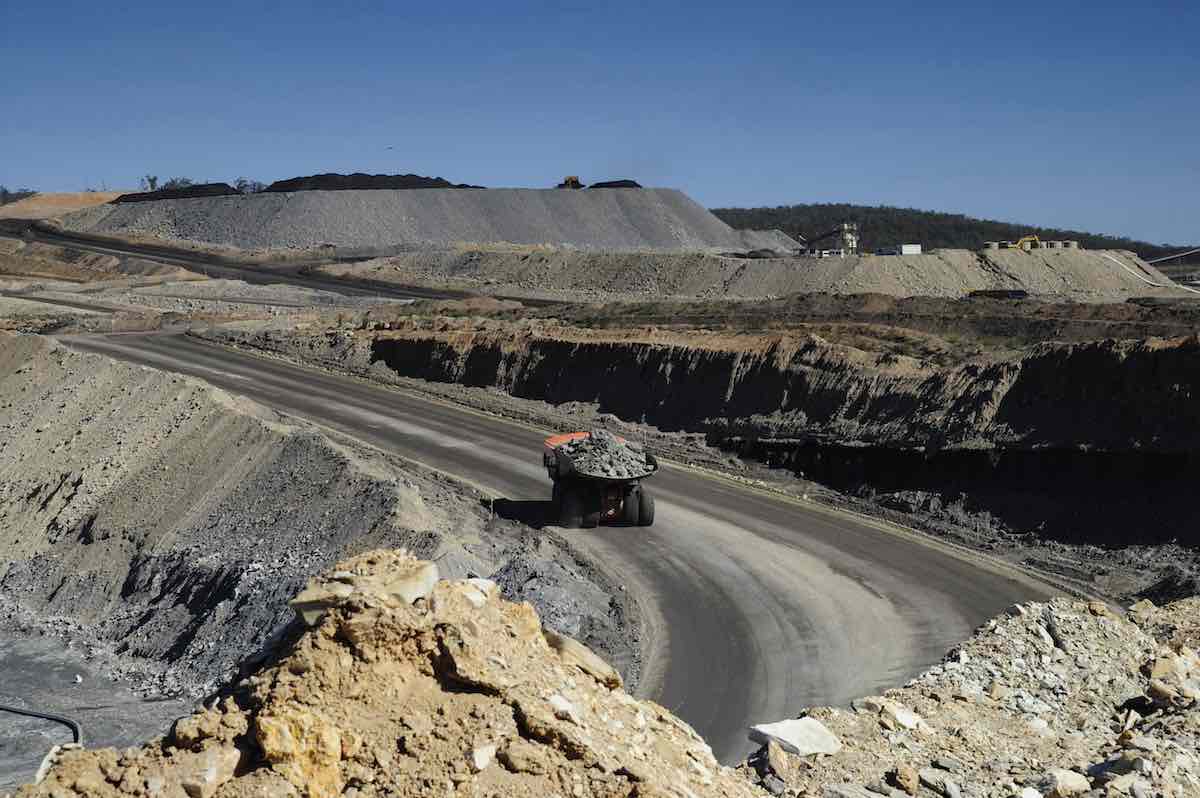Australia’s coal mines could be hiding over 10 million tonnes of CO2-e per year. That’s according to a new study by energy insights firm Reputex, which looked into recent shifts in voluntary emissions reporting requirements for open cut coal mines, in an effort to assess potential short term price risks for Australia’s carbon credit market.
The study sought to assess the nation-wide impact of an emissions reporting rule change that enables open cut mines to select whether they would like to report their methane pollution using a state-based emissions factor, or a mine-specific estimate, led by the mining company.
This indicates that officially reported open cut coal mine emissions decreased by 65 – 70% after switching to site-specific estimates, and that total coal mine emissions would be 10.6 Mt CO2-e higher if mining operators reported their emissions using state-based emission factors.
The report also highlights that this reporting shift may be a significant reason why there is such a large discrepancy between officially reported emissions, and satellite estimates of Australia’s coal mines.
It builds on an analysis conducted earlier this year by Ember, which found that greenhouse gas emissions reporting at individual mines have decreased by up to 1 million tonnes per year as a result of a shift to company-led estimates.
Both reports noted that these company-led estimates are conducted by the mining operators, without the need for third party verification or transparency. They also highlight that a result of these reporting changes, many open cut mines would be eligible for credits under the revised Safeguard Mechanism.
The rule change was first offered in 2011, and it has since been assumed to be a more accurate estimate of a coal mine’s emissions, as it involves bore-hole samples at the mine site, and a individual gas model developed by the mine operator.
This is in contrast to state-based emission factors, which have been the historical defacto standard. They offer mines an average emission factor based on thousands of bore-hole samples across open cut mines in either NSW or QLD, and have been regularly revised up over time.
As of 2023, the state based emission factor in NSW was more than twice as high as the one offered to mines in Queensland. However, a review of over 1,000 bore-hole samples in Queensland led to an announced 35% increase in the state-based emissions factor for mines this year.
The analysis found that since the option for company-led estimates has been available, there is only one open cut mine in NSW that has not made the voluntary shift, while only two thirds of open cut coal mines in Queensland have done the same. The study’s authors suggested that an expansion of company-led estimates would lead to a further reduction in emission reporting across open cut mines in Queensland.
In a review of Australia’s methane reporting regime last year, the Climate Change Authority highlighted serious concerns as to the integrity of company-led emissions estimates, and urged the Federal government to undertake a formal review.
In response, the government did agree to undertake a review of this reporting approach, but has set no timelines on when the review would start. They have however insisted on phasing out state-based emissions factors, and expanding company-led reporting across all open cut coal mines. This shift would likely lead to an additional write-off of an additional 3 MT CO2-e, if past trends of company-led estimates continue to go unaddressed in the short term.
The Reputex study also highlighted that this discrepancy in emissions reporting could lead to significant risks for the price of Australia’s carbon credits.
The study highlighted that improvements in satellite and emissions reporting technologies could lead to an upward revision in emissions estimates in the next few years, which would significantly increase the demand for carbon credits. This would have a significant impact on mines that may be currently eligible for carbon credits as a result of their emissions estimates.
They noted that if this was integrated into the planned review of the Safeguard Mechanism in 2026-27, it could lead to a price spike in ACCUs by the end of the decade.
Chris Wright is a strategic climate advisor – coal mine methane, with Ember Climate








